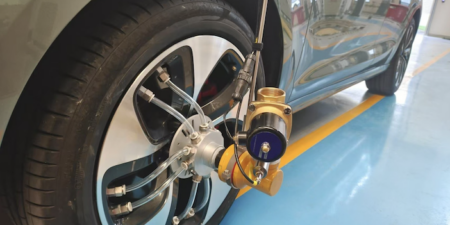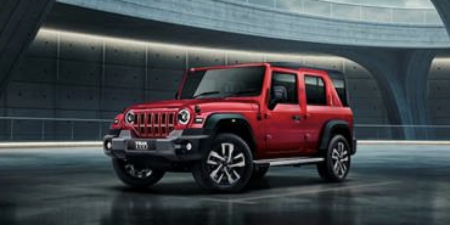The Rimac Nevera, already the fastest accelerating production car in the world and the production EV with the highest verified top speed, is now also the fastest electric production car to have ever taken on the famous Goodwood Festival of Speed hillclimb – as well as the fastest overall production car this year. In the Supercar Shootout on the final day of the event, the Nevera set a time of 49.32 seconds.
The car – fitted with Michelin Pilot Sport 4S tyres – was driven throughout the weekend by Bugatti Rimac’s chief test and development driver, Miroslav Zrnčević. He spent most of his time at last year’s event driving the Nevera in smoky drifts through every corner, but for 2023, he was more focused on setting a record than putting on a show.
“Taking on the narrow hillclimb at Goodwood, with its tight corners and off-camber sections, is actually one of the scariest places to drive a car quickly,” said Zrnčević. “But this is the record-setting year for the Nevera, and Goodwood hillclimb was yet another challenge to conquer. With tens of thousands watching on-site and millions more online, there’s a fine line between glory and a trip into the hay bales, but I’m so happy to have showcased the incredible work of the design and engineering teams with another verified record for this revolutionary car.”
Key to the Nevera’s speed is its advanced battery system, powertrain and software, all developed in-house at the Rimac Group. The front and rear powertrains – each composed of two individual motors – provide power to each wheel individually. At the rear, a 1MW dual inverter enables 900Nm and 470kW per motor, while a bespoke front powertrain is designed to deliver optimum power and control.
All systems are overseen by a complex web of in-house developed electronic control units, working in conjunction with an NVIDIA Pegasus-based supercomputer to calculate and send output to the four powertrain systems 100 times a second. The combination of all these systems, and the software that controls them, is known as Rimac All-Wheel Torque Vectoring 2.




